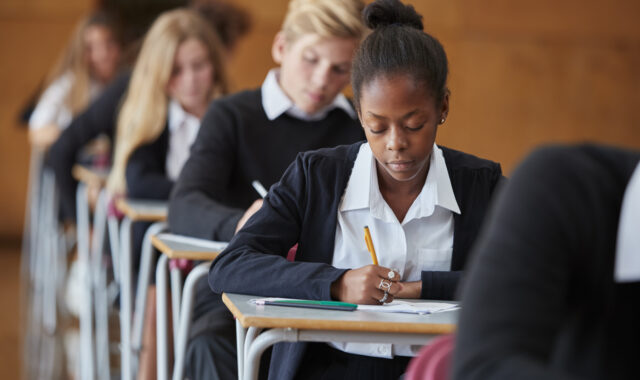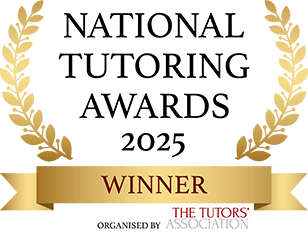Contents:
Wellness and wellbeing
We are living in an age of unprecedented crisis in teacher recruitment and retention. Further to this, “wellness” and “wellbeing” are no longer just buzzwords used by the few, but keywords associated with the many.
Oxford differentiates between these two terms in that wellbeing is the “general health and happiness, a state of emotional/physical/psychological well-being”, whereas wellness is defined as “the state” and “pursuit” of being happy. The World Health Organisation is quoted as defining wellness as “a state of complete physical, mental and social wellbeing and not merely the absence of disease or infirmity.”
Wellbeing is discussed a lot in schools, and many are taking genuine action to support staff wellbeing. These actions include:
- Centralised behaviour systems that reduce the administrative burden on teachers
- Shared resources/collaborative culture within departments
- Visible and supportive leadership throughout the school
- Marking and feedback policies that do not require hundreds of hours per year
- Consistently high expectations of staff and pupils
The question is how can we, as teachers, ensure that our “wellness” remains a priority in what is a very busy world? We begin by discussing one of the biggest barriers to wellness, which is stress.

Monitoring and addressing stress
Stress is something teachers and leaders encounter frequently in modern-day education. As a result, we need to become adept at identifying when our stress levels are heightened and consequently employ strategies to reduce stress. Be Mindful is one of many online websites that offer a stress monitoring tool. If your stress levels are concerning, you should contact your GP. The NHS also recommends the following “stress busting” activities, which I have given a “teacher context” to:
- Be active – Are there any staff sports teams or clubs you could join? Running? Football?
- Take control – If you need to get something done, inform your team/colleagues that you are unavailable for that designated time! I used to make pre-8 a.m. a time when staff should not come to my office unless it was an emergency; this was very effective in taking control of my time when I was Head of Department!
- Connect with people – Talk the situation through with a friend. Non-teacher friends can often provide a “real world” or unique insight!
- Have some “me time” – No matter how busy I get, I always give myself two nights to indulge my interests (gaming with friends!)
- Challenge yourself – New goals can provide timely motivation! Give yourself a Teaching and Learning goal once per week. Mine for this next week is to focus on “narrating the positive” with my classes.

- Avoid unhealthy habits – I have recently cut down on caffeine and bought a new water bottle to provide hydration!
- Help others – Volunteering or community work can be incredibly grounding. Does your school have an associated charity you could get involved with?
- Work smarter – What is the one thing that will make the biggest difference to your week? Prioritise this!
- Try to be positive – Taking time to reflect with gratitude for what you have can be so fulfilling during tricky moments. Introduce the word “thank you” at every opportunity.
“Coat hood down, thank you!”
“Thank you for that photocopying!”
“Thank you for taking that pupil for me!”
“I would love a cuppa, thank you!” (cutting down does not mean eradicating!)
Mindfulness and Headspace
Mindfulness is a technique in which the individual takes time to notice what is happening, to be present, and to calm the mind. It is a technique many people, including myself, have found useful in combating stress.
A great app that I currently use for mindfulness is Headspace. Headspace provides many different useful programs of mindfulness techniques designed to address issues with stress, sleep, agitation, and other issues. It is a great option for those looking to explore mindfulness for the first time or for those more familiar looking for a reliable guide to the practice!

And finally…
Sometimes, no matter what we do, the stress-inducing work events keep coming at us, and stress levels continue to build. In this instance teachers may find themselves in a position where the only course of action is to change jobs. This can be an incredibly daunting prospect, but for many, it will be the best course of action to permanently remove sources of work-related stress from their lives. Trust me when I say that there are plenty of great schools with great leaders out there, and as we are currently in the thick of a recruitment crisis in teaching, many of you will find yourselves with plenty of choices in the job market.
Whatever your situation, act. Remember – your school will ultimately be able to replace you in time. Your family cannot.
Disclaimer – I am not a medical expert! If you feel affected by any of these issues, please seek support from your GP. Reaching out is a sign of strength!







Comments